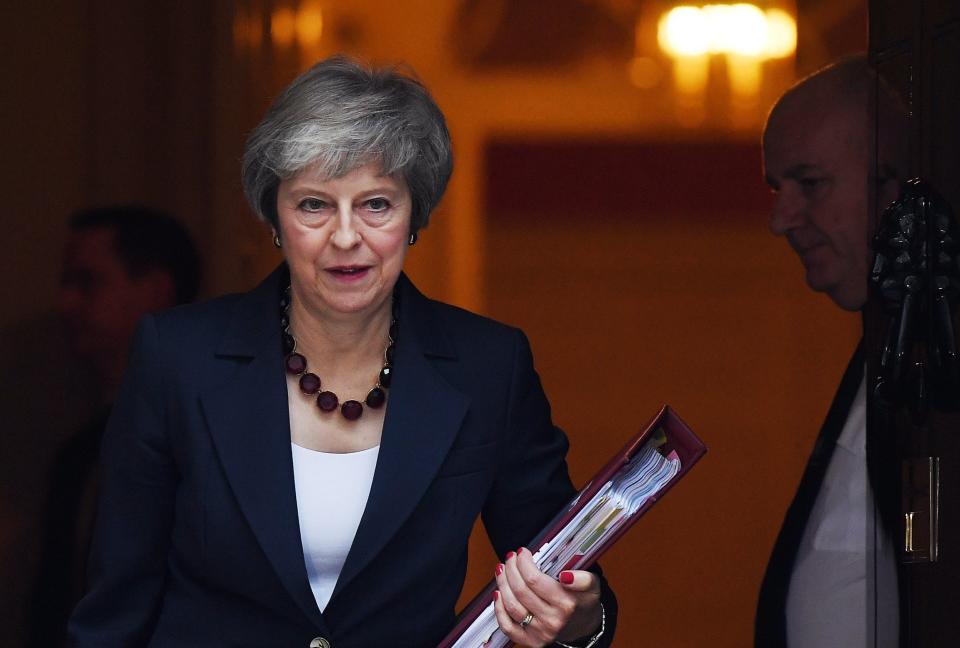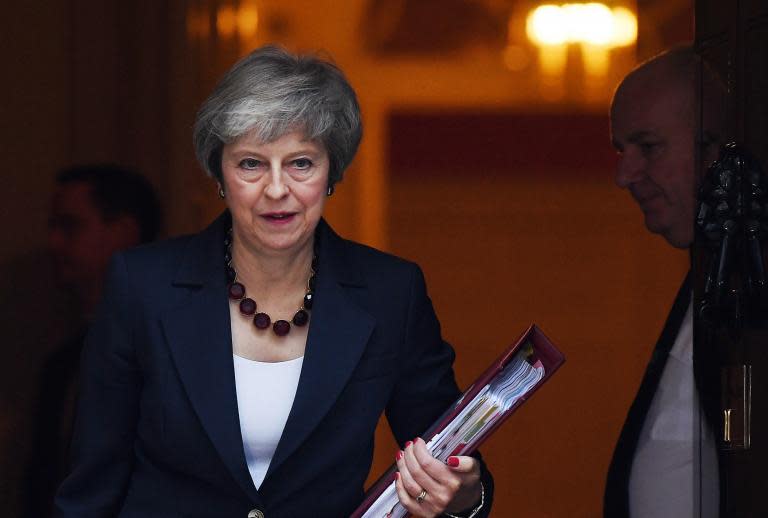How our economic and trade relations will change over time now that we’re closer to securing a Brexit deal
Whenever there is political chaos – and we have that now over Brexit – the most helpful thing to do is to look long-term. At the moment the outlook appears binary: either the outline deal with Europe will be agreed, or we leave with no deal. The choice would appear to be between an inevitably unsatisfactory agreement and huge disruption.
But I’m not sure even that is true.
If we were to leave with no deal, a set of emergency protocols would be invoked so that we could still go to Spain for holidays, and they could sell us German cars and French wine if they wanted to. Then the grownups would have to take charge and figure out something more durable.
On the other hand, even if this deal goes through and proves relatively durable, our relationship with the EU will evolve, and the EU itself will change. Yes, this is an important political moment but I suspect that in 10 years’ time we will wonder quite why there was so much fuss. Short of some unbearable catastrophe like the First World War, it will be economics that will determine the UK’s relationship with Europe. So what will drive the economics?
To break that huge question into bite-sized chunks let’s take three metrics: demographics; competitive advantage; and the changing shape of the global economy.
It is a little trite to declare “demography is destiny”, but you cannot get away from the fact that the changing demographic landscape has a huge impact on economic development. In the case of the UK, we have an ageing population, but one that is ageing more slowly than that of most of continental Europe. That is because we have a somewhat higher fertility rate and, until recently at least, more immigration.
The curious thing is that, within the developed world, English-speaking countries seem to have higher fertility than non-English ones. France has relatively high birth rates too, but fertility in the US, Canada and Australia is notably higher than in Germany, Italy, Spain and Japan. They have also tended – and this is a generalisation – to have higher immigration. Some forecasts have suggested that by 2050 the UK will have a larger population than Germany, though that may have been changed by the arrival of large numbers of refugees in Germany.
Nevertheless, the UK has relatively favourable demography. That should enable it to grow somewhat more swiftly than continental Europe taken as a whole. The latest forecasts from HSBC suggest that by 2030 the UK will have started to pull clear of France in terms of economic size, though it will still be well short of Germany.
There is a further twist. This is that demography will affect the size of the markets into which we sell. Back in the 1990s the US was a smaller economy than what is now the EU28. But America grew faster, with the effect that it passed the EU in economic size in the 2000s and is now considerably larger. That gap will of course grow when the UK leaves.
Thus the US gradually becomes a bigger market for the UK. So, too, will the emerging countries as a whole, China and India of course but also other fast-growing countries in Asia, Latin America and Africa.
In the early 2000s Europe took some 55 per cent of UK goods and services exports; now that is down to 42 per cent, and will almost inevitably fall even further even without the impact of Brexit. To be clear, this is not a comment on the wisdom of Brexit or otherwise; it is simply an observation on what has been happening.
Next, let’s look at competitive advantage. Again it is trite, but also helpful, to start with an oversimplification: the UK has a competitive advantage in services but not in goods. There are some areas of manufacturing where there is a clear advantage, but the fact remains that the UK is a large net importer of goods, particularly from the EU. In services, however, the US has a substantial surplus and is second only to the US as an exporter.
Global trade in goods is about three times the size of global trade in services, but whereas growth in the former seems to have stalled over the past three or four years, services trade seems still to be growing. If complex global supply chains are simplified, partly in response to the threat of protectionism, then this trend – less globalisation in goods, more in services – will speed up. And if that happens you would expect the UK to benefit.
This is all very tentative, but it is plausible that we are moving to a world where ties of language and culture are more important than physical proximity. That would facilitate the shift of the UK’s economic relations away from Europe and towards the rest of the world.
You can see this in higher education. When it comes to the dominance of the US and UK, that is certainly true. It depends on which ranking you take, but the UK has two institutions in the top 10 and at least four in the top 20, whereas the top EU university is in the 40s or 50s. Indeed, the competition is more likely to come from Australia, Canada or Hong Kong, and from Europe.
That leads to the third issue, the changing shape of the world economy. Here, I take as my base the calculations in the new HSBC report on the world in 2030, which show an inexorable continuing shift to the emerging world.
China passes the US in the late 2020s to become the world’s largest economy, while India passes Japan to become number three.
Europe, in relative terms, shrinks. So the UK has to find ways of projecting itself towards the emerging nations – not just China and India but the whole of the rest of the world.
All a long way from Brexit? Yes, but on a long view more important and for me at least, more interesting too.

 Yahoo News
Yahoo News 

